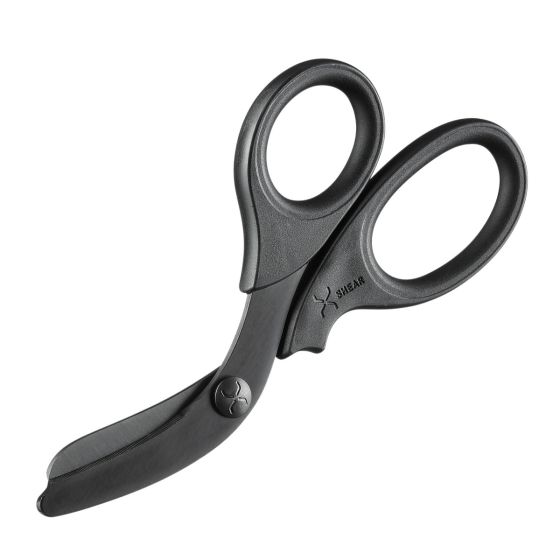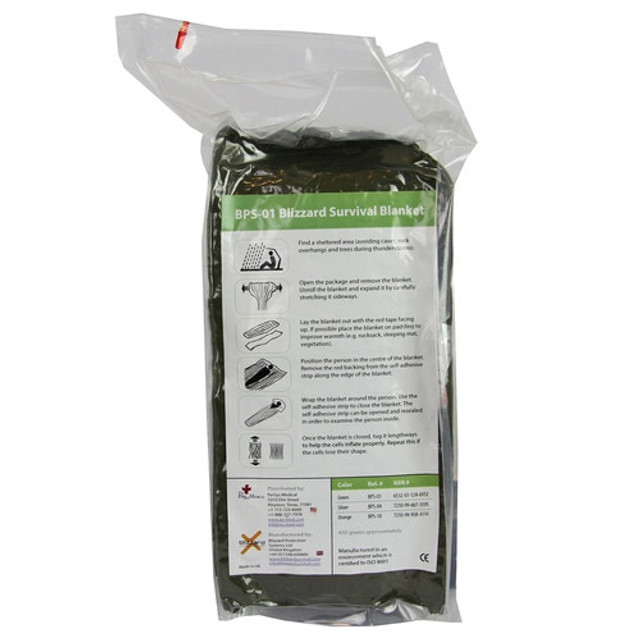Injuries caused by mines and explosive devices: first aid
Content
- What is a mine-blast injury?
- Types of mine-related injuries
- Shrapnel wounds
- Injuries as a result of stepping on a mine
- Negligent handling of explosives
- What is the impact of mine-blast trauma on the human body?
- First aid for mine-blast injuries
- Conclusion
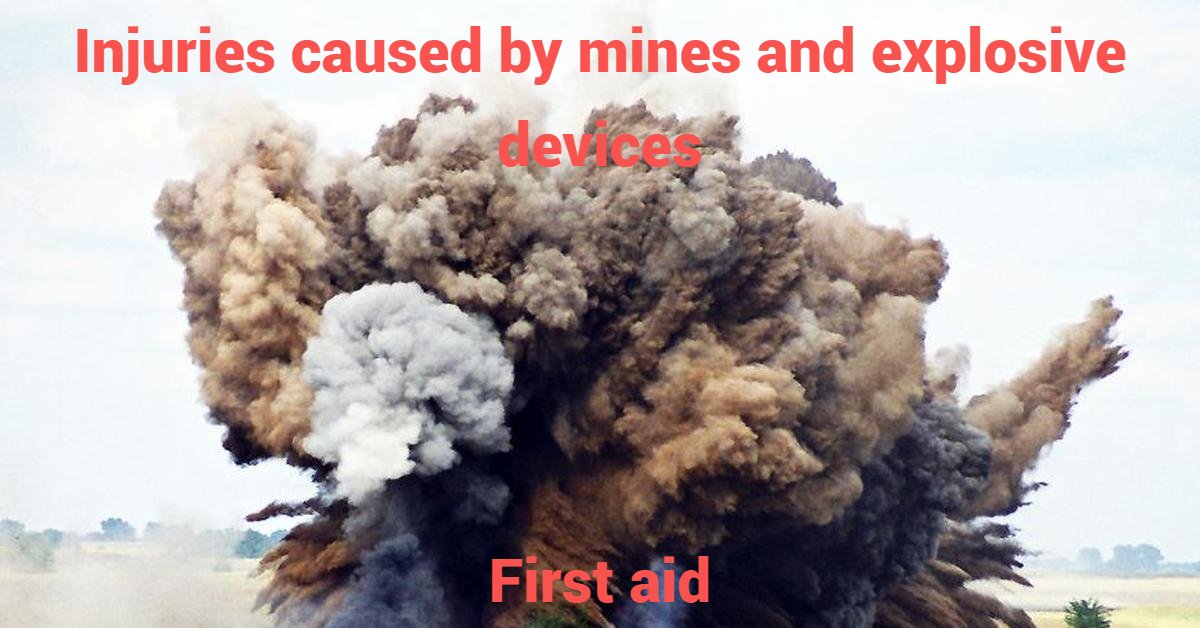
Contents:
- What is a mine-blast injury?
- Types of mine-related injuries
- Shrapnel wounds
- Injuries as a result of stepping on a mine
- Negligent handling of explosives
- What is the impact of mine-blast trauma on the human body?
- First aid for mine-blast injuries
Mine-blast trauma is a serious threat in conflict zones and areas where military operations are ongoing. Emergency first aid in such situations is critical, as the speed and correctness of actions can be crucial for the survival of victims.
In this article, we will look at the basic principles of first aid for mine injuries. In particular, we will look at methods of stopping bleeding, protecting against further damage and preparing victims for transport. It is important to understand what actions can save lives, as well as how to avoid common mistakes when providing assistance.
What is a mine-blast injury?
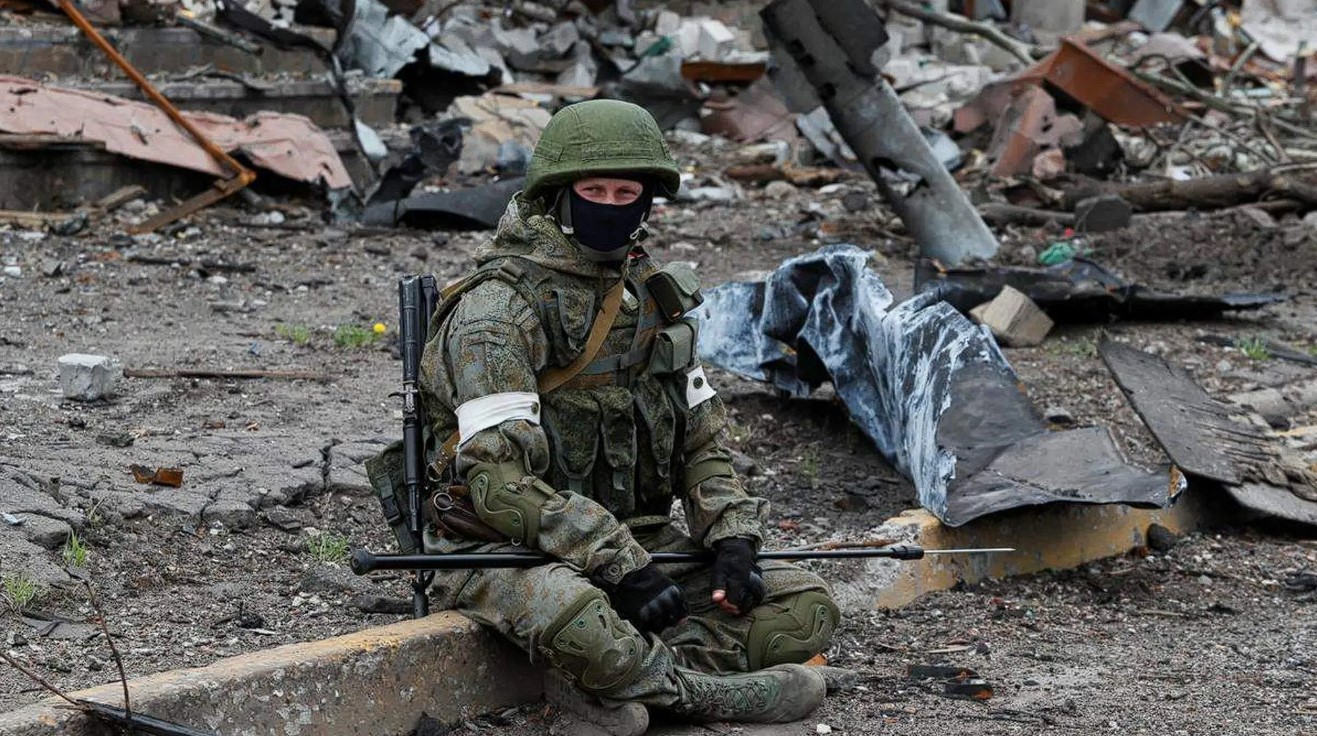
Mine blast injuries, also known as blast trauma, are injuries to the body caused by a number of factors that are activated by the explosion of a grenade, mine or other munition. The explosion causes a variety of injuries, including those caused by the shock wave, fragments of the munition casing, gaseous substances and toxic components.
Mine-blast injuries differ from domestic injuries in their severity and specificity. In such cases, the victim may need immediate assistance. Timely and high-quality assistance in case of mine-blast injury can save lives and reduce the risk of further disability.
Types of mine-related injuries
Mine-blast injuries are a type of injury caused by the detonation of explosive devices such as mines, grenades, bombs and other munitions. Such injuries are complex and can affect various body systems.
It is important to understand that the types of mine-blast injuries differ in terms of the mechanisms of injury and the nature of the wounds sustained. In this section, we will look at the main types of mine-related injuries to better understand their nature and the necessary measures to provide effective first aid.
Shrapnel wounds
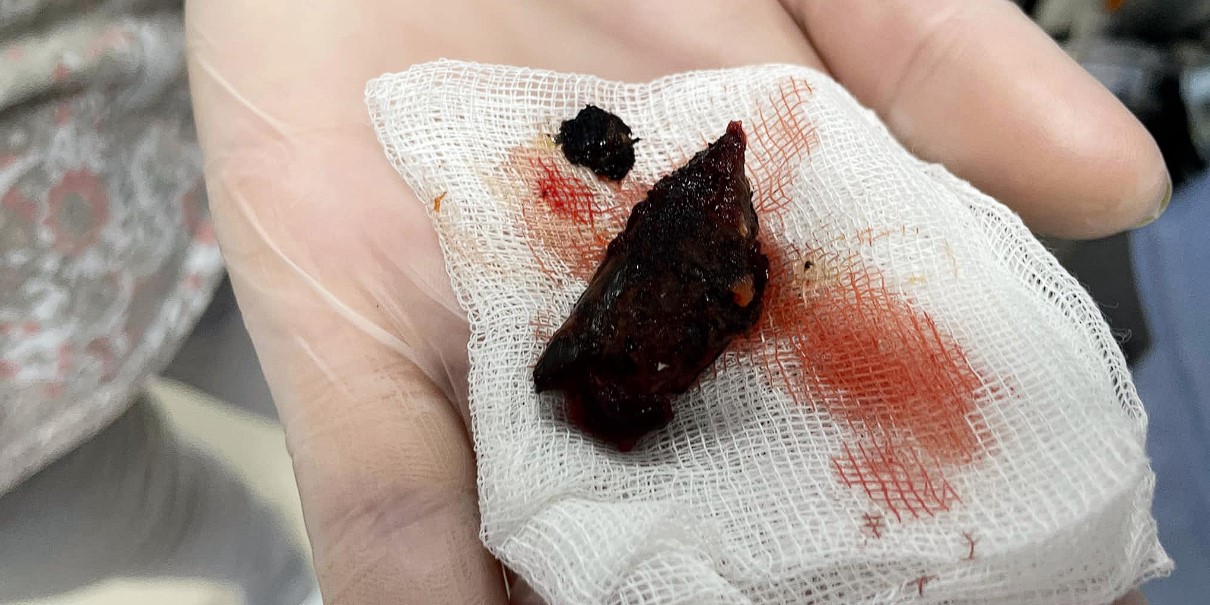
Shrapnel wounds are one of the most common and dangerous types of mine-related injuries caused by mines, grenades, bombs and other explosive devices. These injuries are characterised by damage to tissues and organs caused by explosive fragments flying at high speed. Due to their nature, shrapnel wounds can take many forms and cause serious injuries that require immediate medical intervention.
The main characteristics of shrapnel wounds include a variety of wound types, mechanisms of injury, multiple wounds, massive blood loss and thermal damage. The types of wounds can be penetrating, where the fragment passes through the body, creating entry and exit wounds; blind, where the fragment remains inside the body without passing through; and tangential, where the fragment only touches the body, leaving a superficial wound.
The mechanism of shrapnel wounds is the rupture or fracture of an object, for example, during an explosion or accident, with the formation of sharp fragments that penetrate the body. Such injuries often affect different parts of the body, making it difficult to provide medical care.
Massive blood loss is one of the main risks of shrapnel injuries. It can be both internal and external, caused by shockwave and shrapnel damage to blood vessels and internal organs. In addition, thermal injuries, such as burns of varying degrees, charring and carbonisation of tissues, can occur as a result of high temperatures during an explosion.
Understanding these characteristics is important for providing timely and qualified assistance that can save the lives of victims and minimise the long-term consequences of such injuries.
Injuries as a result of stepping on a mine
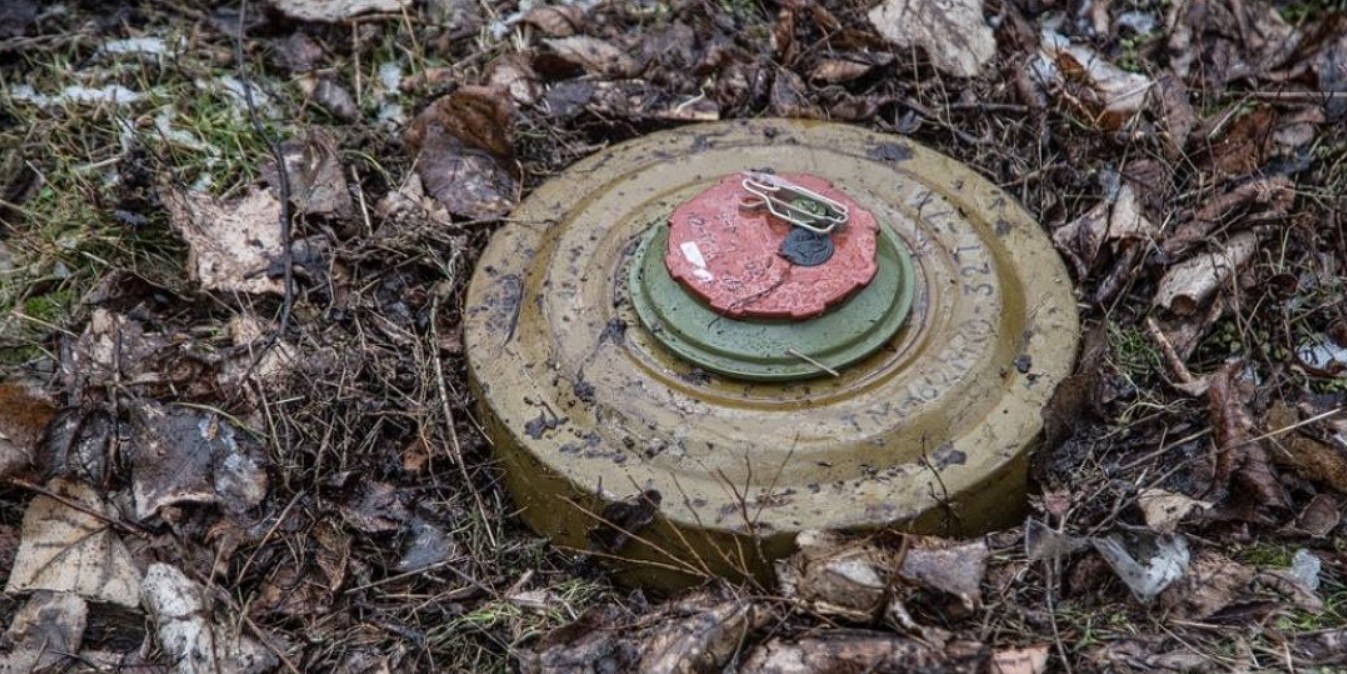
Injuries caused by stepping on a mine can range from mild to very serious. These injuries are often accompanied by a medical condition:
- Tissue lacerations, which can range from small cuts to deep wounds affecting muscles and tendons.
- Bone injuries, including complex fractures, requiring long-term treatment and rehabilitation.
- Amputations of limbs, which are among the most severe consequences of mine explosions and significantly affect the quality of life of victims.
- Damage to internal organs, such as the liver, kidneys or lungs, which can cause internal bleeding and other serious complications.
- Neurological complications, such as spinal cord or brain injuries, which can lead to temporary or permanent loss of function and require intensive medical intervention.
These injuries require a comprehensive approach to medical care and rehabilitation aimed at returning the victims to a full life.
Negligent handling of explosives
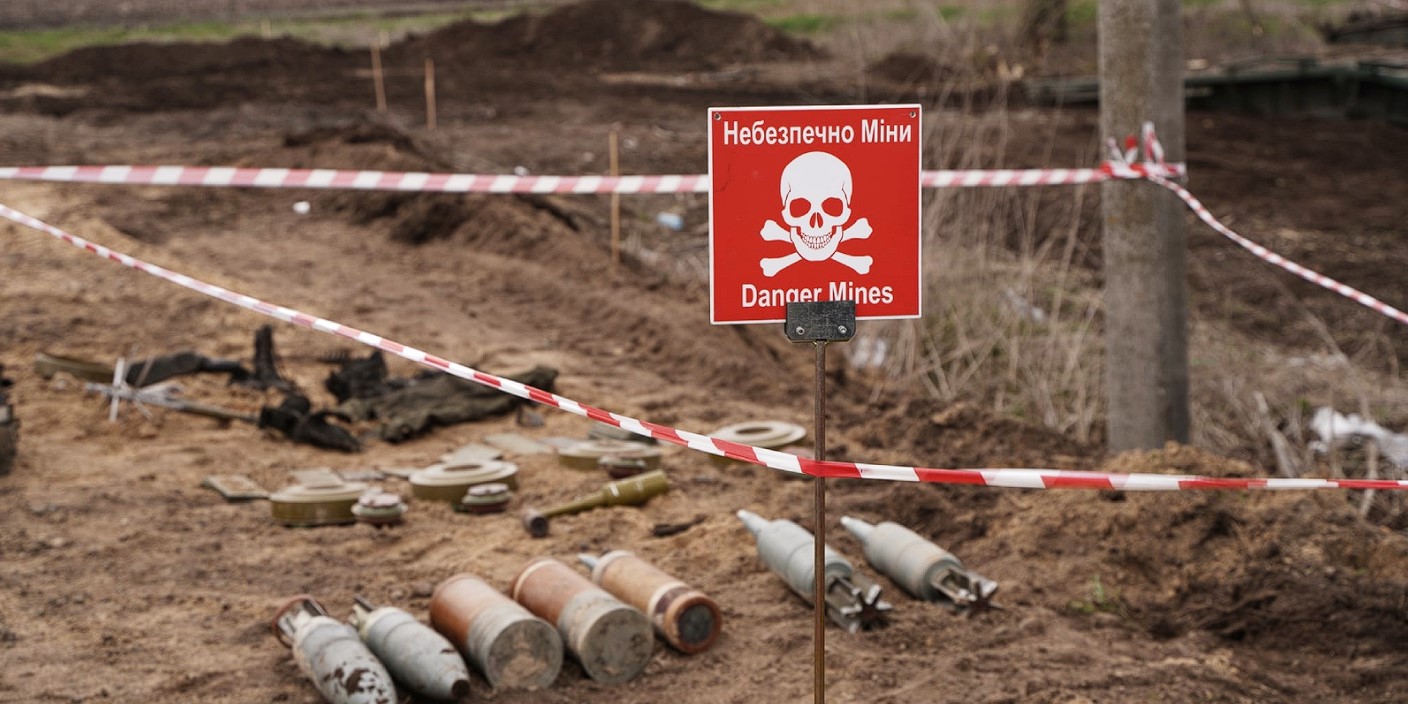
The careless handling of explosives is a serious safety hazard that can lead to irreparable consequences for both those who misuse explosives and innocent people who are accidentally exposed to them. Explosives have a powerful destructive force, and their misuse can cause injury, property damage and, unfortunately, even death.
To avoid such negative consequences, it is critical to follow safety rules when working with explosives. These include proper storage and transport of explosives, the use of only approved and tested methods of use, and the proper disposal of any residual materials after use.
For example, appropriate training and certification for those who have access to explosives reduces the risk of accidents. Regular inspections and audits of explosives handling procedures are also key to maintaining workplace safety.
It is also important to consider environmental aspects when handling explosives. Proper waste disposal and recycling can significantly reduce the negative impact on the environment.
Thus, a conscious and responsible attitude to the use of explosives not only ensures the safety of people and property, but also contributes to sustainable development and environmental protection.
What is the impact of mine-blast trauma on the human body?
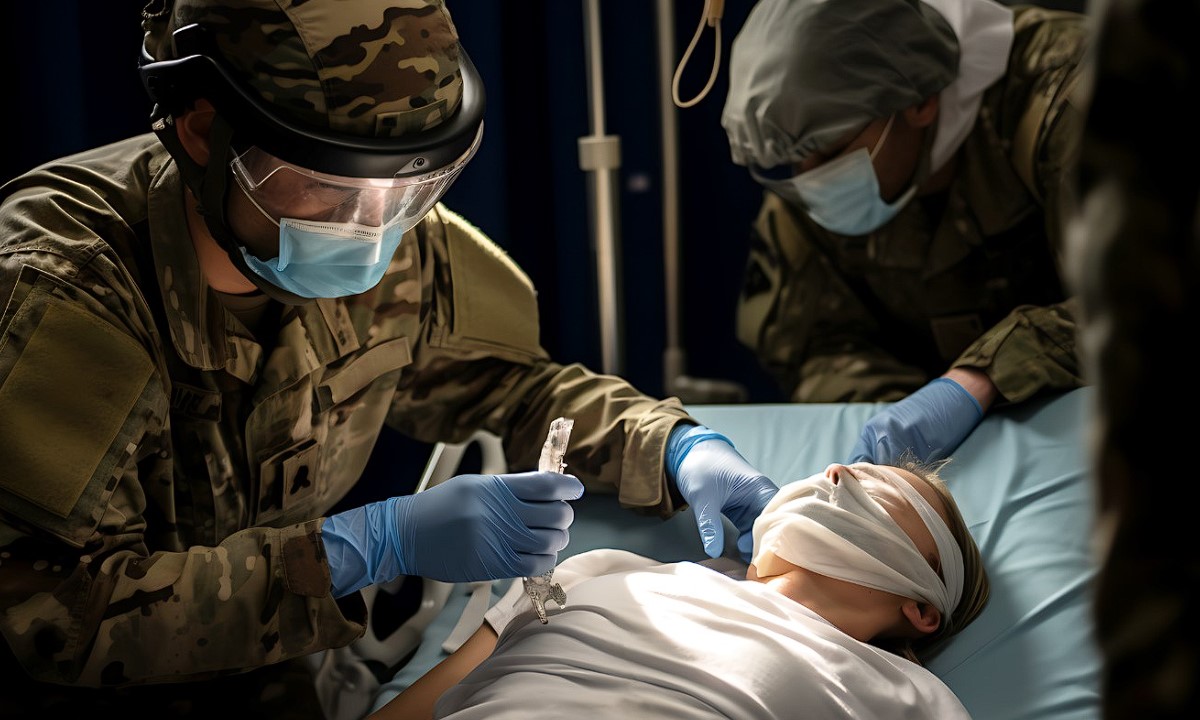
The impact of a mine-related injury on the human body can vary depending on the force of the blast and the distance from the scene. These effects can include a variety of injuries:
- barotrauma;
- contusions;
- mechanical trauma;
- Shrapnel wounds;
- burns;
- poisoning from explosion products, etc.
A shock wave can throw a person a distance that is sufficient to cause serious injury. Mine injuries can affect internal organs, causing varying degrees of tissue damage. Often, such events result in shrapnel wounds. Blast injuries can also include hearing and vision damage, heart and lung damage, as well as limb lacerations and abdominal injuries.
First aid for mine-blast injuries
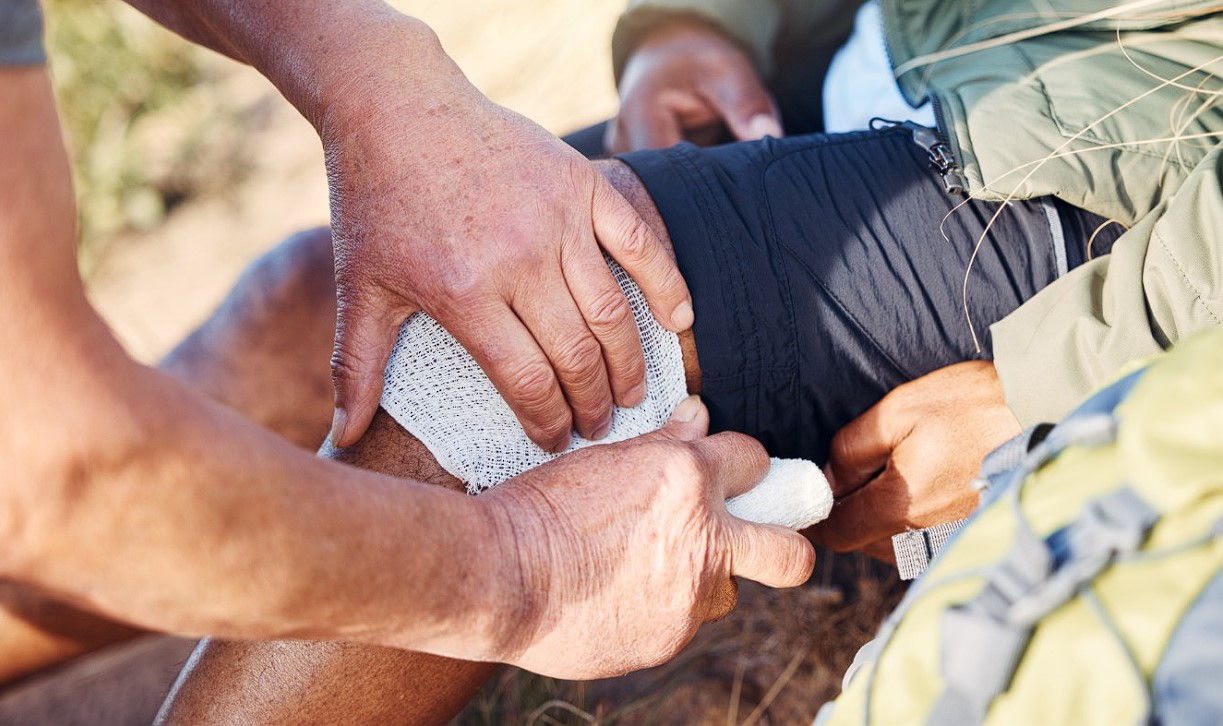
There are recommendations from the Ministry of Health on first aid for mine injuries. If they are followed, it increases the chances of saving the life of a person affected by such injuries.
According to the Ministry of Health, first aid for mine-blast injuries includes the following actions:
- Inspect the site of the explosion, make sure you and the victim are safe.
- Examine the victim and call an ambulance to provide proper medical care.
- Check for mine injuries, consciousness and shock. Signs of shock in such injuries may include dizziness, extreme weakness and low body temperature.
- If there is bleeding, you need to stop it.
- Check the victim's normal respiratory function.
- Perform cardiopulmonary resuscitation if necessary.
- In case of risk of hypothermia, cover the victim.
Provide constant monitoring of the victim's condition until the ambulance arrives. The Ministry of Health also has separate advice for different types of mine injuries. For example, in the case of abdominal injuries, it is important to remove clothing, treat the wound with antiseptic and cover it with a napkin.
In case of neck injuries, bleeding should be stopped immediately, and a bandage should be applied, taking into account the specifics of the location of the injury. For eye injuries, it is recommended to use antibiotic eye drops and apply a bandage to the eyes during transport. Implementation of these recommendations significantly increases the chances of survival and recovery of mine injury victims.
Conclusion
First aid for injuries caused by mines and explosive devices is a critical procedure that can save lives. Following the recommendations will ensure proper medical care.
An important part of this process is the safety assessment, examination of the victim and prompt calling for medical assistance. Properly administered first aid reduces the risk of complications and improves the chances of a quick recovery. Following these recommendations is key to ensuring effective treatment and minimising the consequences of mine injuries.

